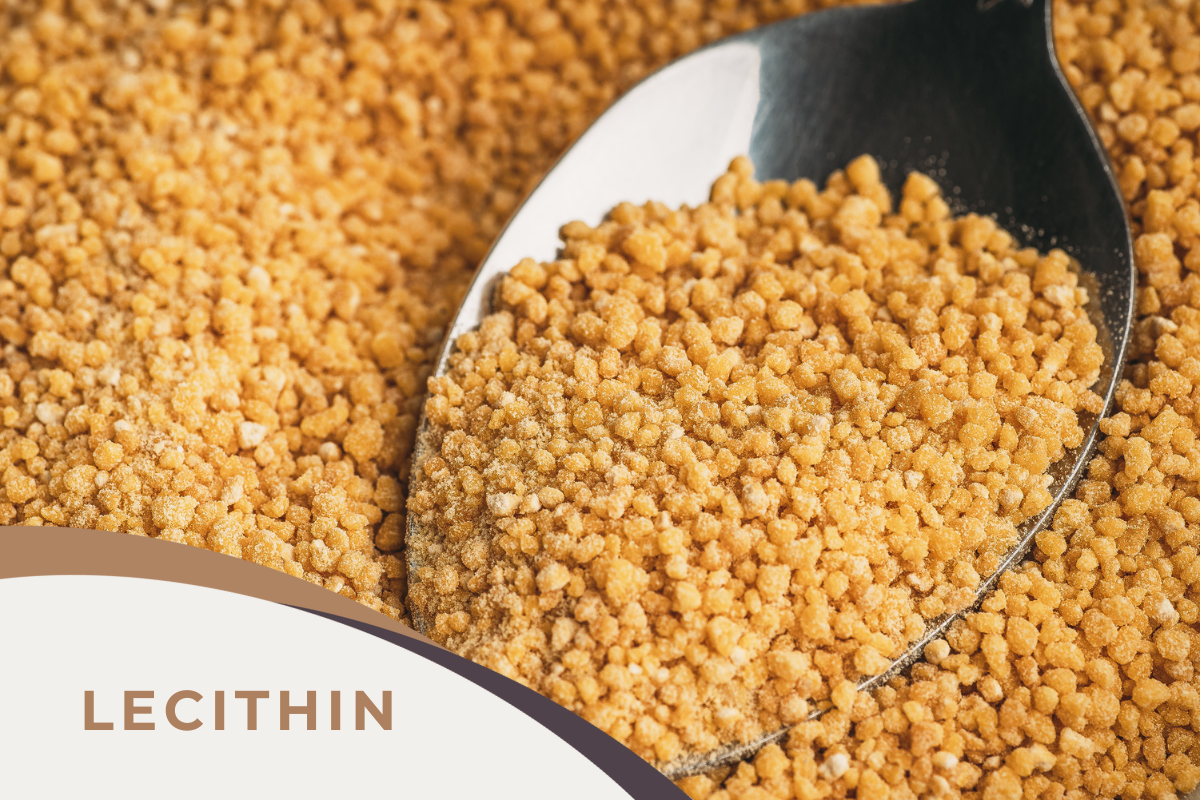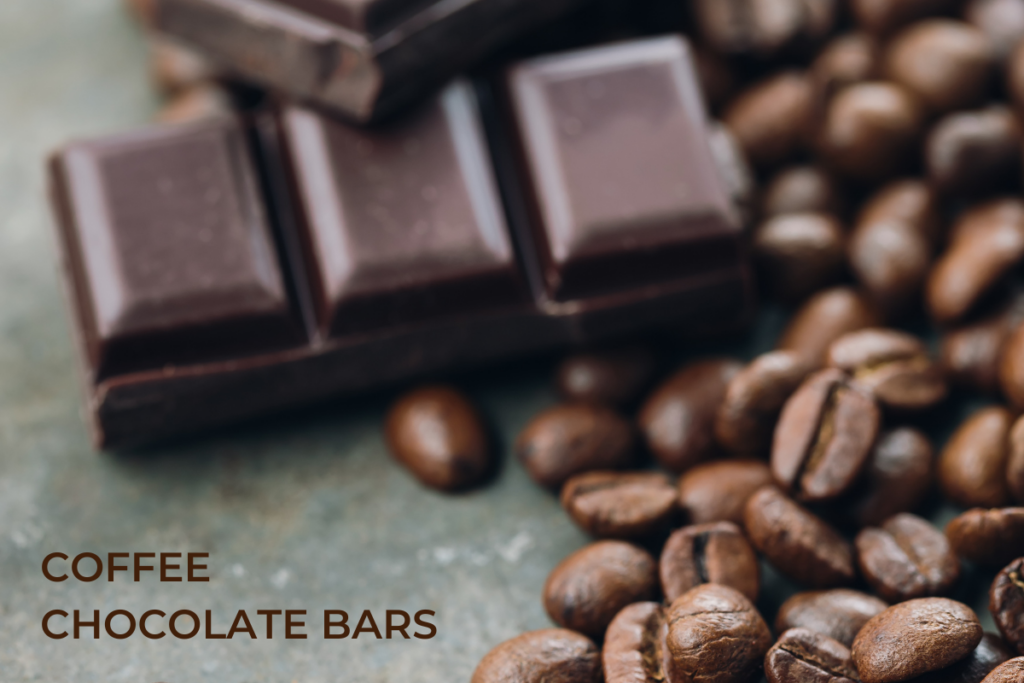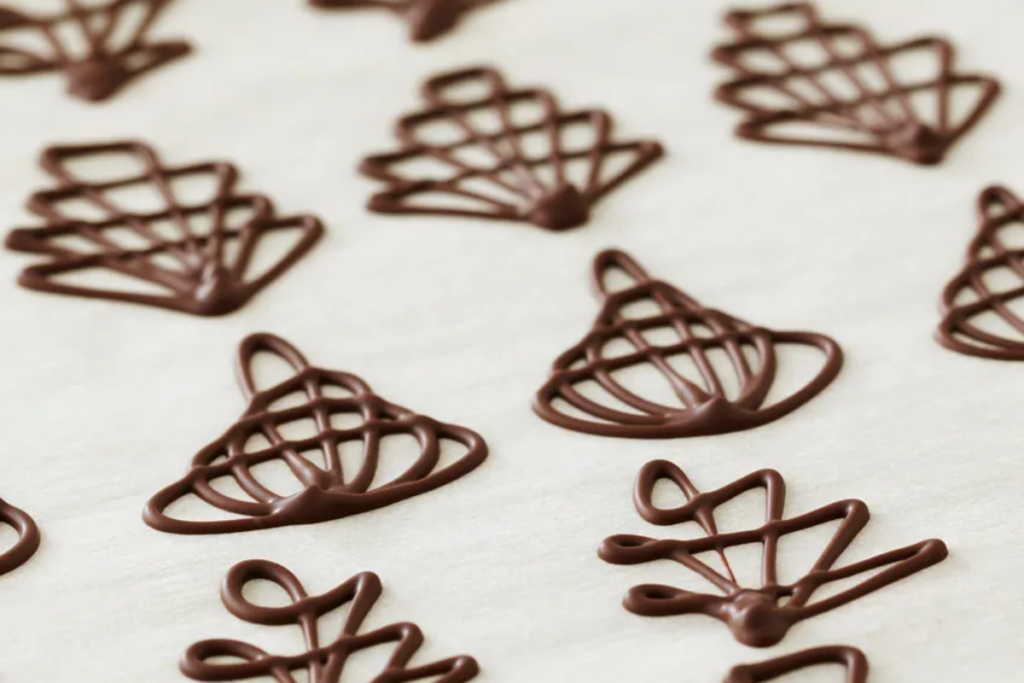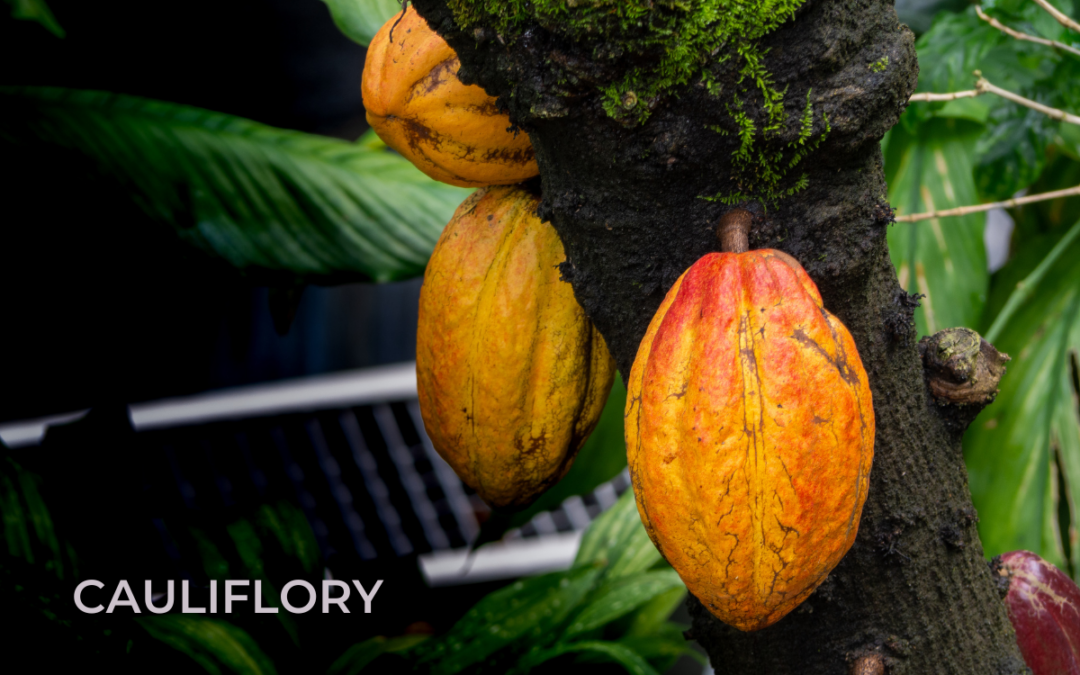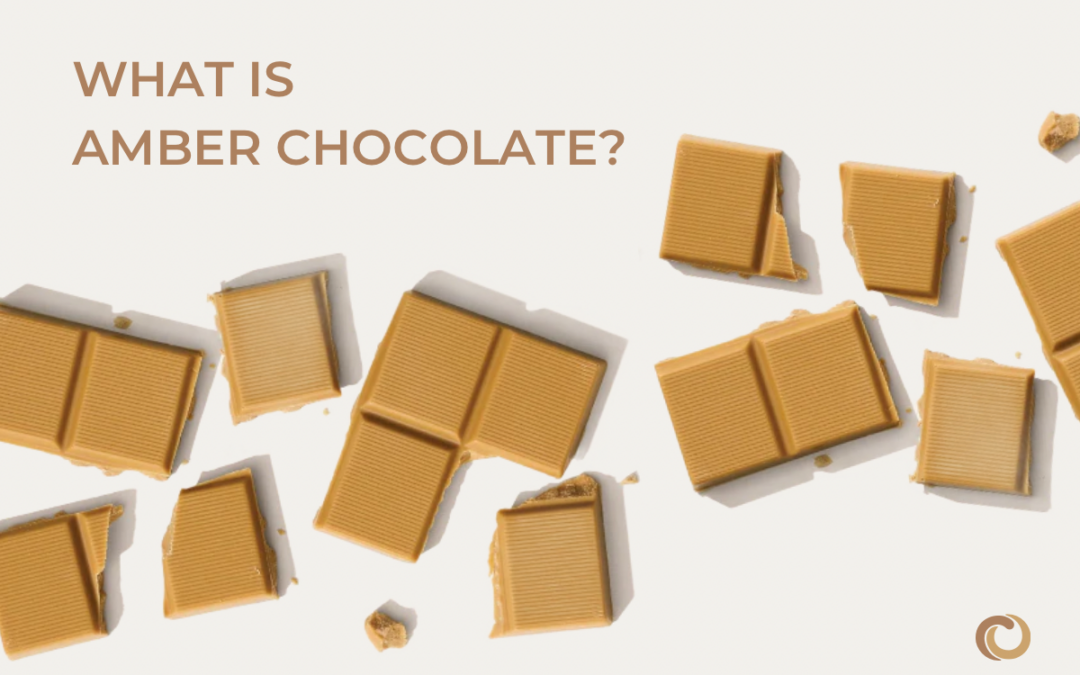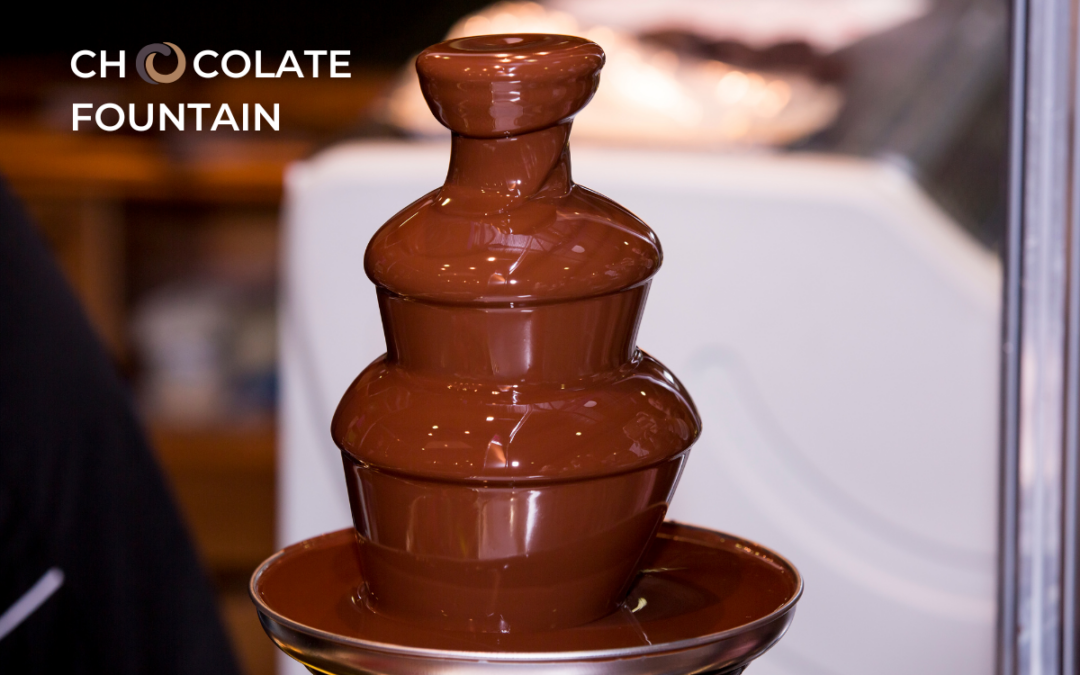Did you know that most chocolate contains a substance called lecithin? Lecithin is a natural emulsifier found in egg yolks, soybeans, and sunflower seeds. It’s added to chocolate to change its texture and consistency. In this blog, we’ll explore the role of lecithin in chocolate and how it affects its taste and quality.
What is lecithin?
Lecithin is a type of fat found in plants and animals. It’s a key component of cell membranes, the outer layer of a cell that controls what goes in and out. In food production, lecithin is used as an emulsifier, which means it helps mix ingredients that don’t usually blend well, like oil and water. In chocolate, lecithin binds with water molecules to modify the chocolate’s texture and consistency. It’s typically used in other foods like baked goods, margarine, and salad dressings.
Why does chocolate contain lecithin?
You may already know that chocolate is not a true emulsion since it contains very little water. In most instances, lecithin is added to chocolate to improve its flow properties. This is very important when pumping chocolate through pipes and machines, as is typical in industrial chocolate factories. In particular, lecithin makes the chocolate easier to work with during the molding or enrobing process.
Lecithin also helps mix together ingredients that would otherwise separate, such as cocoa butter and cream, such as when making a ganache. This results in a smoother texture and prevents the cocoa butter from separating. Overall, lecithin contributes to the improved handling of the chocolate in a production setting.
Does lecithin modify the texture and consistency of chocolate?
Yes, lecithin changes the texture and consistency of chocolate both in liquid form and when solid, such as in a chocolate bar. It acts as a helper, ensuring that all ingredients blend smoothly, resulting in an even texture. Lecithin prevents ingredients from separating, which is crucial for maintaining a consistent texture throughout the chocolate. However, some people feel that while lecithin doesn’t impact the taste, it adds a waxy texture to the chocolate and prefer chocolate without added lecithin
Does lecithin reduce viscosity for better processing?
Yes, lecithin helps reduce viscosity for easier processing in chocolate production. By reducing the viscosity or thickness of the chocolate mixture, lecithin makes it easier to handle during various stages of processing, such as tempering, molding, and enrobing. This improved flowability ensures a smoother and more consistent processing in large factory settings.
Do bean-to-bar chocolate makers use lecithin?
Most bean-to-bar chocolate makers take pride in using minimal ingredients to maintain the purity of their chocolate. As a result, many bean-to-bar producers do not use lecithin in their chocolate. This decision is often made to preserve the natural flavors and textures of the cocoa beans without the need for additional emulsifiers. However, it’s important to note that not all bean-to-bar chocolate makers follow this practice, and some may opt to include lecithin in their products for various reasons, such as enhancing texture or improving the flow properties of the chocolate during production. If you want to know for sure, make sure to read the label on the back of your chocolate.
What types of lecithin are used in chocolate?
Lecithin in chocolate can be from different sources, but the most common types are:
- Soy Lecithin – This is the most common type of lecithin used in chocolate making. It comes from soybeans and is very good at blending ingredients together.
- Sunflower Lecithin – This type of lecithin comes from sunflower seeds. It’s used as a substitute for soy lecithin for people who have soy allergies or sensitivities.
- Egg Lecithin – This type of lecithin is derived from egg yolks. It is less commonly used in chocolate production but can still be found in some products.
- Milk Lecithin – This type of lecithin comes from milk. It’s not as commonly used in chocolate production but can still be found in some products.
- Synthetic Lecithin – This type of lecithin is chemically produced and is less commonly used in chocolate production. It’s rare to find this type of lecithin in products, but may sometimes be used
So now you understand why lecithin is commonly used by mass chocolate makers. As a natural emulsifier, lecithin ensures a smooth, consistent texture in chocolate, preventing separation and contributing to its overall workability. This understanding underscores why lecithin is a common ingredient in large-scale chocolate manufacturing, as it helps achieve the desired texture and consistency for easier processing.
For more great articles and recipes, check out the rest of our CocoTerra blog.
If you have any questions or comments, feel free to contact us through our social media channels. We are @cocoterra_co on Instagram and Pinterest and @cocoterraco on X (aka Twitter) and Facebook.

